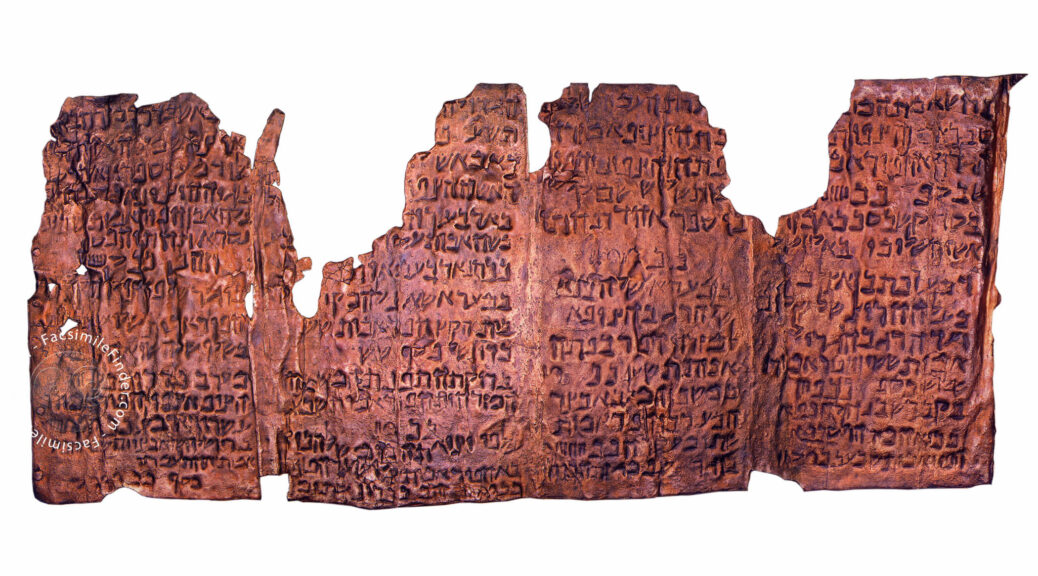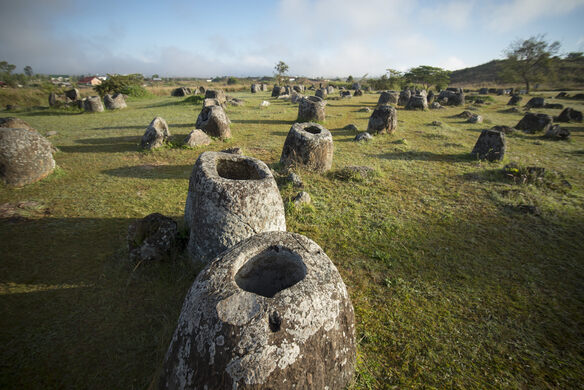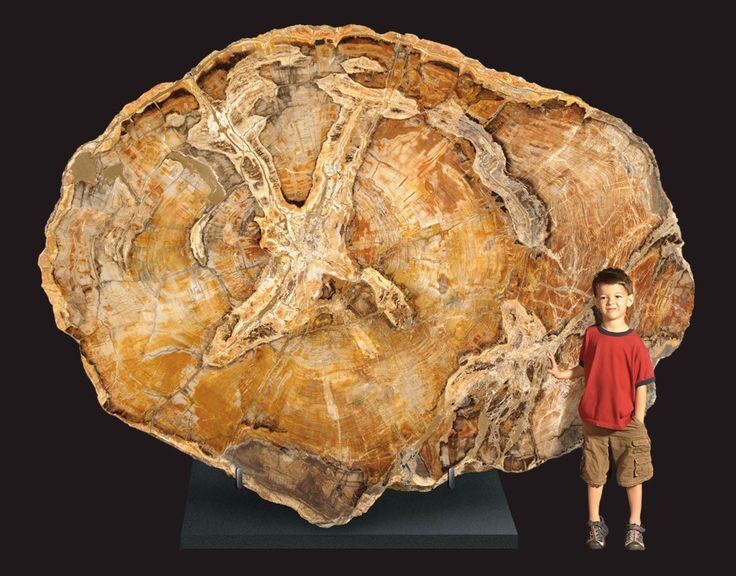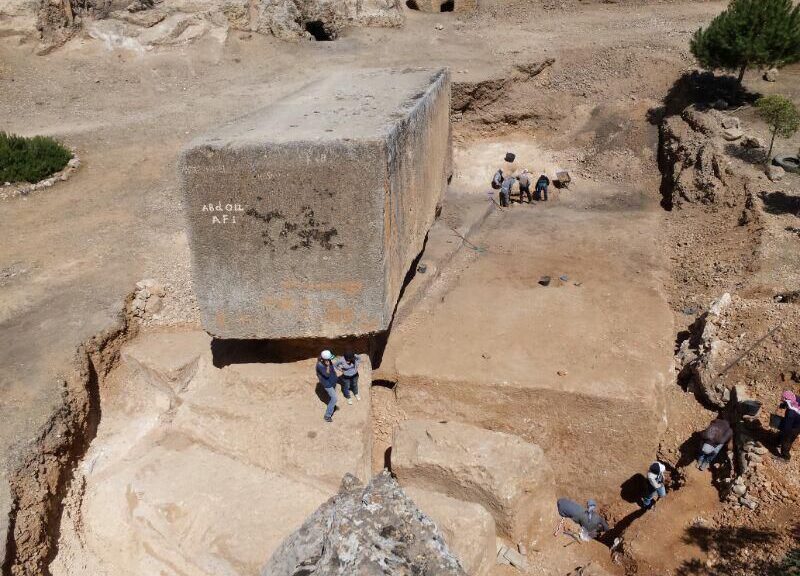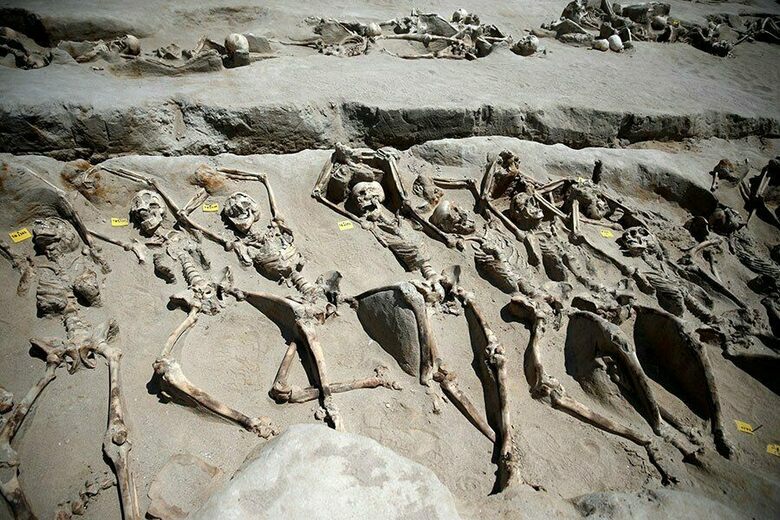Mystery of the Copper Scroll: How biblical relic could lead to secret $3TRILLION treasure
When an archaeologist named Henri de Contenson was leading a team of ten Bedouin in a hillside cave a few kilometres from Qumran in 1952, he uncovered two enigmatic scrolls known as the Copper Scroll in a highly oxidized state.

It had separated into two small rolled up pieces side by side on a stone when it was first discovered in the cave. One larger part contained two similar sheets riveted together end to end while the other roll is a single sheet of hammered copper.
The Copper Scroll are part of the Dead Sea Scrolls, however, unlike other scrolls which are literary work and written on papyrus, these scrolls contain several locations of hidden treasures and written on thin copper.
On March 14, 1952, the Copper Scroll was found in cave 3 near Khirbet Qumran. Because the scrolls were the last of 15 Dead Sea Scrolls, it is referred to as 3Q15. The original state of the scroll is measured 2.4 m in length, 0.3 m in width and 1 mm thick.
At that time, no one dares to open the scroll without damaging the text inside it. Several years later in 1955, with great care, one of the Copper Scroll finally opened by H. Wright Baker, a Professor at Manchester College of Science and Technology (UMIST). The other scroll also opened a year later in 1956.
Because the corroded metal couldn’t be unrolled easily, Professor Baker cut the scroll into 23 parts. The language itself was a big puzzle for scholars. It was written in a square form script (an early form of Hebrew script) while other Dead Sea Scrolls were written in square form Aramaic script or ‘Paleo-Hebrew’ script.
The style of the script and the spelling in the Copper Scroll is very different from other texts of the time, from Qumran or from elsewhere. But still, It has been almost unanimously classified as one of the Dead Sea Scrolls.
John Allegro is the first person who translated the Copper Scroll into English. And he realizes that the scroll is a list of around 64 locations of magnificent hidden treasures including massive quantities of jewellery, precious gems, other scrolls, gold and silvers.
However, the Jerusalem team advised him to not publish his findings publicly, because it can attract treasure hunters around the world and disturb the Qumran site.
At the end of 1959 and in March 1960, Allegro decided to lead two archaeological expeditions in search of the Copper Scroll’s treasures. For several months of expeditions, he wandered around in the desert and found nothing. A few months later, he decided to publish the English translation of the scroll (The Treasure of the Copper Scroll) in 1960.
Various reactions came from the scholars after reading Allegro’s translation. Father Joseph Milik, one of the member of the original Dead Sea Scrolls translation team and Father P’ere de Vaux, the head of the École Biblique et Archéologique Française de Jerusalem, denounced it as defective and even cast doubts on the authenticity of the Copper Scroll’s contents. While others were not so sure, and today the generally accepted view is the Copper Scroll contains a genuine list of real treasures.

In 1962 the Jerusalem team published the official Copper Scroll’s translation with the title ‘Les “Petites Grottes” de Qumran, in the Discoveries in the Judaean Desert series. In conventional translations of the Copper Scroll, the weight of gold mentioned in various locations is generally given as adding up to a staggering 26 tonnes and silver 65 tonnes.
The weights of the treasures item in the Copper Scrolls are Gold (1285 Talents), Silver (666 Talents), Gold and Silver (17 Talents), Gold and silver vessels (600 Talents), Mixed precious metals (2,088 Talents).
Items with unspecified weights are as follows: Gold ingots (165), Silver bars (7), Gold and Silver vessels (609).
One Talent is estimated to be about 76 lb or 34.47 kg and it is estimated that the Copper Scroll treasure worth around over $2 billion at current prices. The origins of the treasures listed in the Copper Scroll also led to controversy and have not been resolved until now. Several theories have been proposed by scholars.
According to the Copper Scroll Project, the treasures listed on the scroll probably span the history of Israel from the Exodus to the Babylonian captivity. The talents of precious metals and gems may very well be the excess materials called for by Moses and Aaron to build the Tabernacle.
Then there are the supplies stored away by King David for the 1st Temple. Yet on the scroll, it speaks of tithes and offerings of silver. Those could easily be from the Temple built by King Solomon and stored away for repairs and upkeep on the House of God stored in the remote treasury at Qumran. The treasury described in the document is, the long sought after treasury of Hakkoz known for centuries to be in the area of Qumran. However, it is unclear when the treasury was built.
More significant is the fact none of the conventional theories has led to the discovery of any of the treasures listed in the Copper Scroll. Until now the Copper Scroll’s treasure is still hidden somewhere while the Copper Scroll itself is housed at the Jordan Museum in Amman, Jordan
